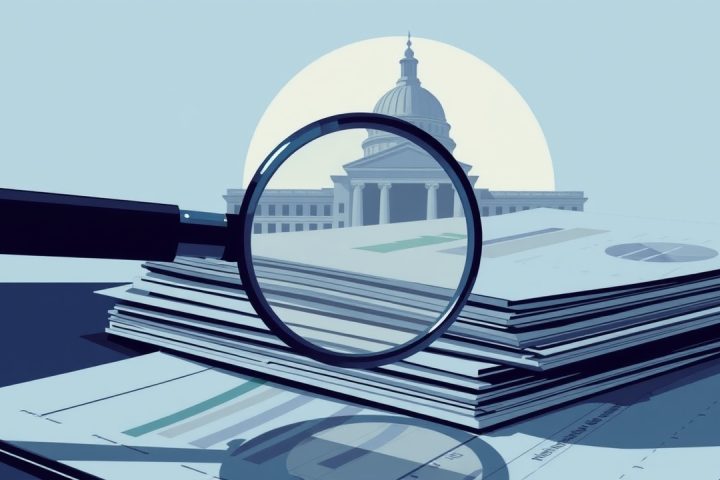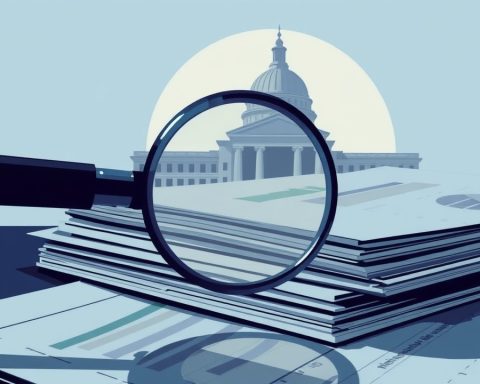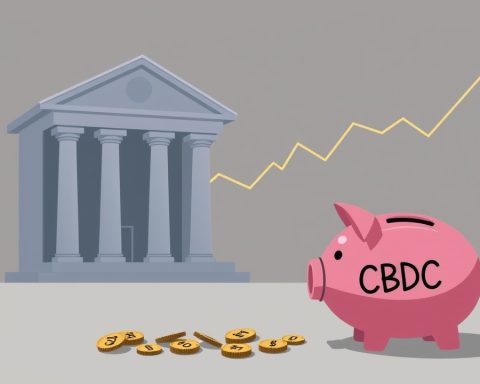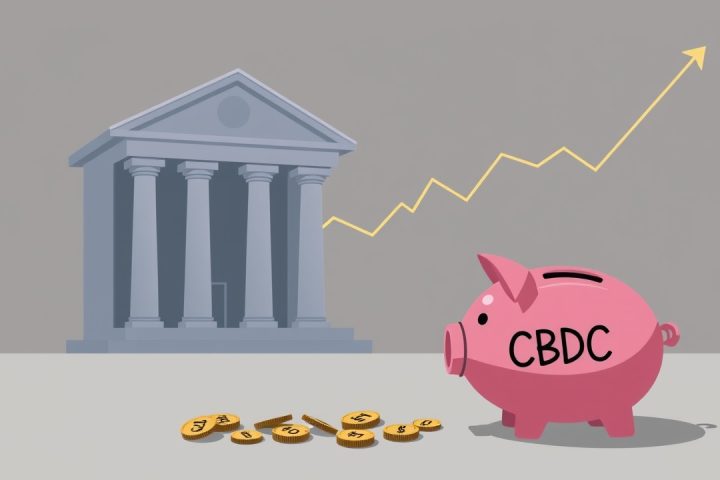Introduction
In a significant move for the financial sector, Nasdaq Inc. is embarking on a transformative journey aimed at weaving digital assets into the fabric of U.S. capital markets while ensuring investor protection remains paramount. On April 25, Nasdaq’s executive vice president and global chief legal officer, John A. Zecca, submitted a detailed proposal to the U.S. Securities and Exchange Commission (SEC) outlining a new regulatory framework that seeks to structure the evolving world of cryptocurrencies.
Proposed Regulatory Framework
Zecca’s vision centers around the development of a clear taxonomy for digital assets and the modernization of existing trading platforms. He emphasized that establishing defined categories for these assets is essential for effective regulation as the industry progresses. The proposed classification system is organized into four distinct tiers:
- Financial Securities
- Digital Asset Investment Contracts
- Digital Asset Commodities
- Other Digital Assets
Nasdaq passionately argues that conventional regulations should continue to apply to Financial Securities, even in their tokenized forms. This means that regardless of whether a share exists as a paper document, a digital representation, or a token, its fundamental characteristics dictate that it should be traded and regulated consistently across the board.
Innovation with Safeguards
To foster innovation while maintaining safeguards for investors, Nasdaq proposed the introduction of a new trading venue, termed “ATS-Digital” or “ATS-D”, designed specifically for the exchange of commodities, investment contracts, and any digital assets that do not fit neatly into existing categories, albeit under a framework of lighter yet substantive oversight. Zecca elaborated on the need for this specialized trading platform, which would create a regulated environment conducive to the trading of these varied digital instruments.
Voluntary Safe Harbor and Collaboration
Moreover, the proposal includes the institution of a voluntary safe harbor for digital assets currently lacking clear classifications. This mechanism would permit trading under risk-based disclosures until formal determinations are made by regulators. Zecca reiterated the importance of ensuring that the drive for innovation serves the interests of investors, stressing:
“Innovation must serve the interests of investors, not the other way around.”
Nasdaq has also called for collaborative efforts among SEC officials, the Commodities Futures Trading Commission (CFTC), and Congress to create an inviting framework for the integration of digital asset technologies into mainstream capital markets. Zecca expressed optimism that through these collective initiatives, the U.S. could successfully cultivate a thriving digital asset landscape while upholding the integrity and resilience of its financial systems.

















